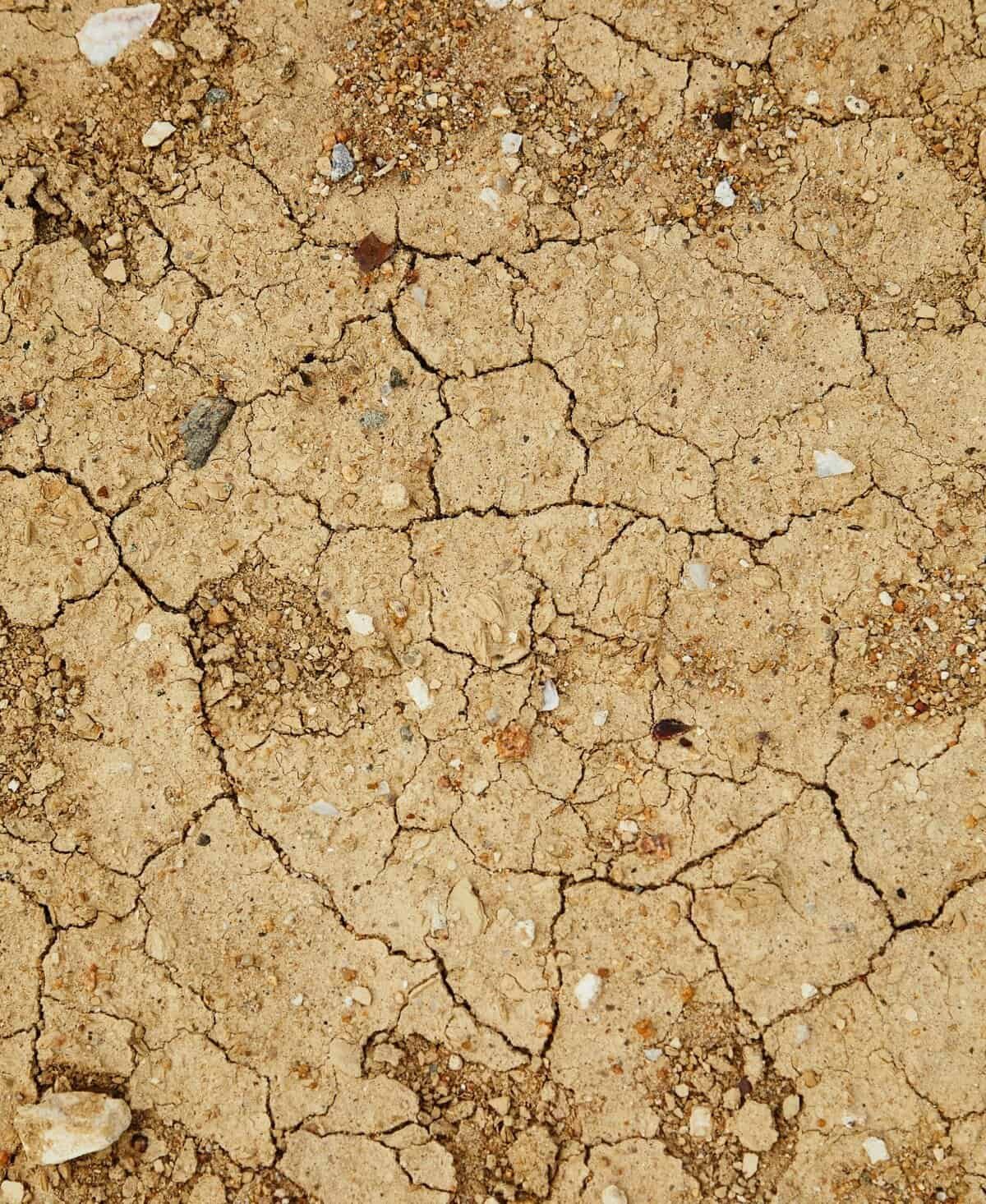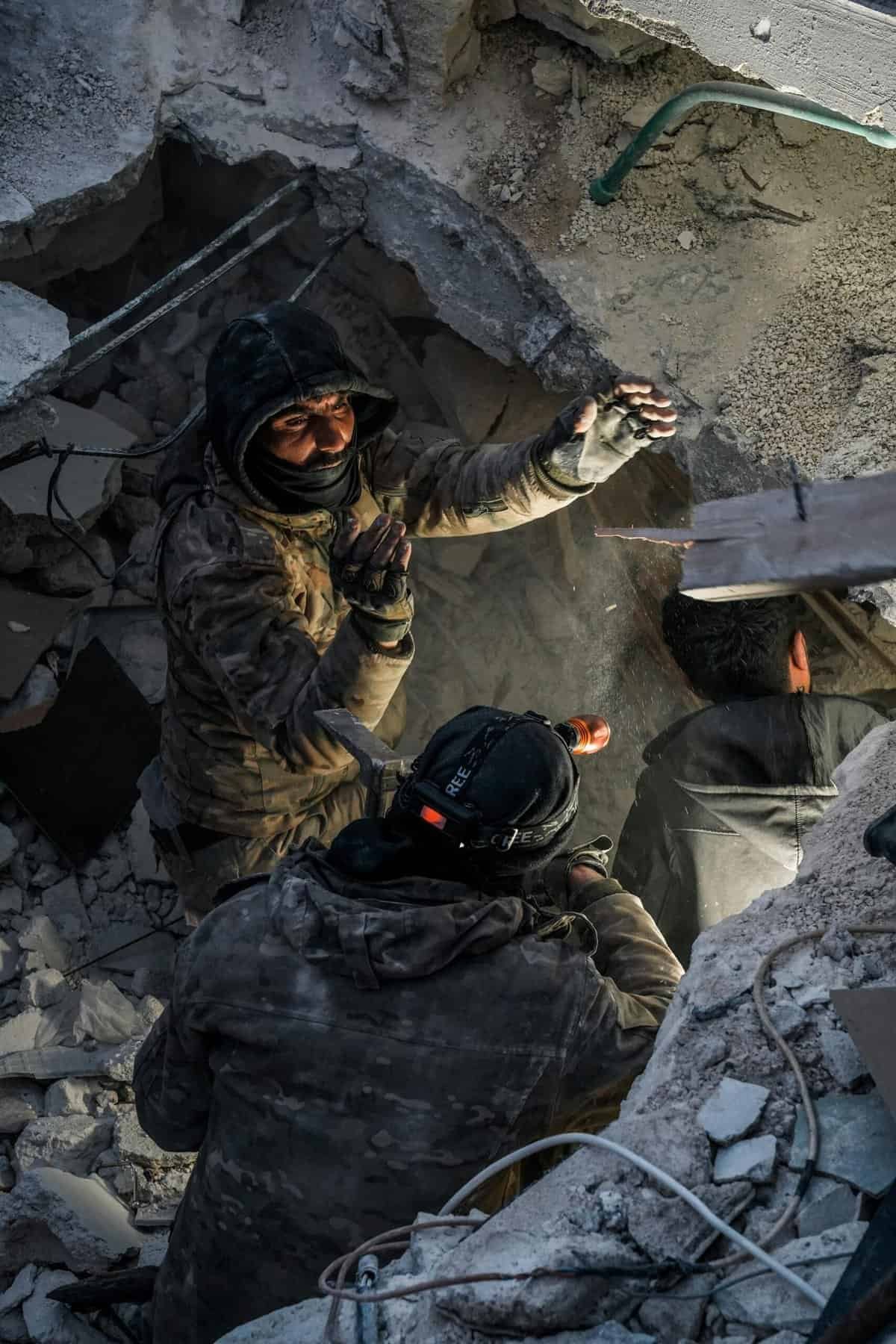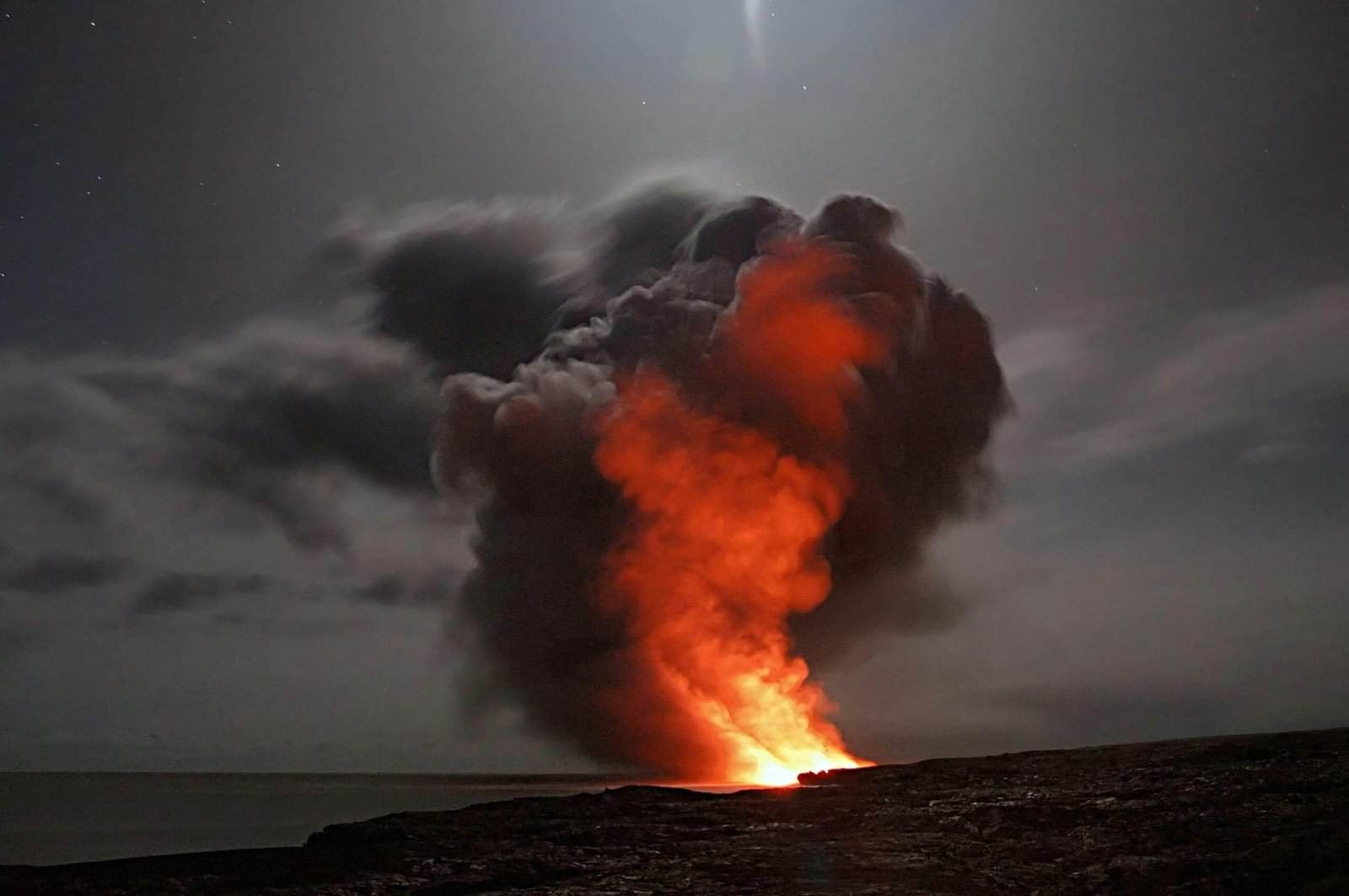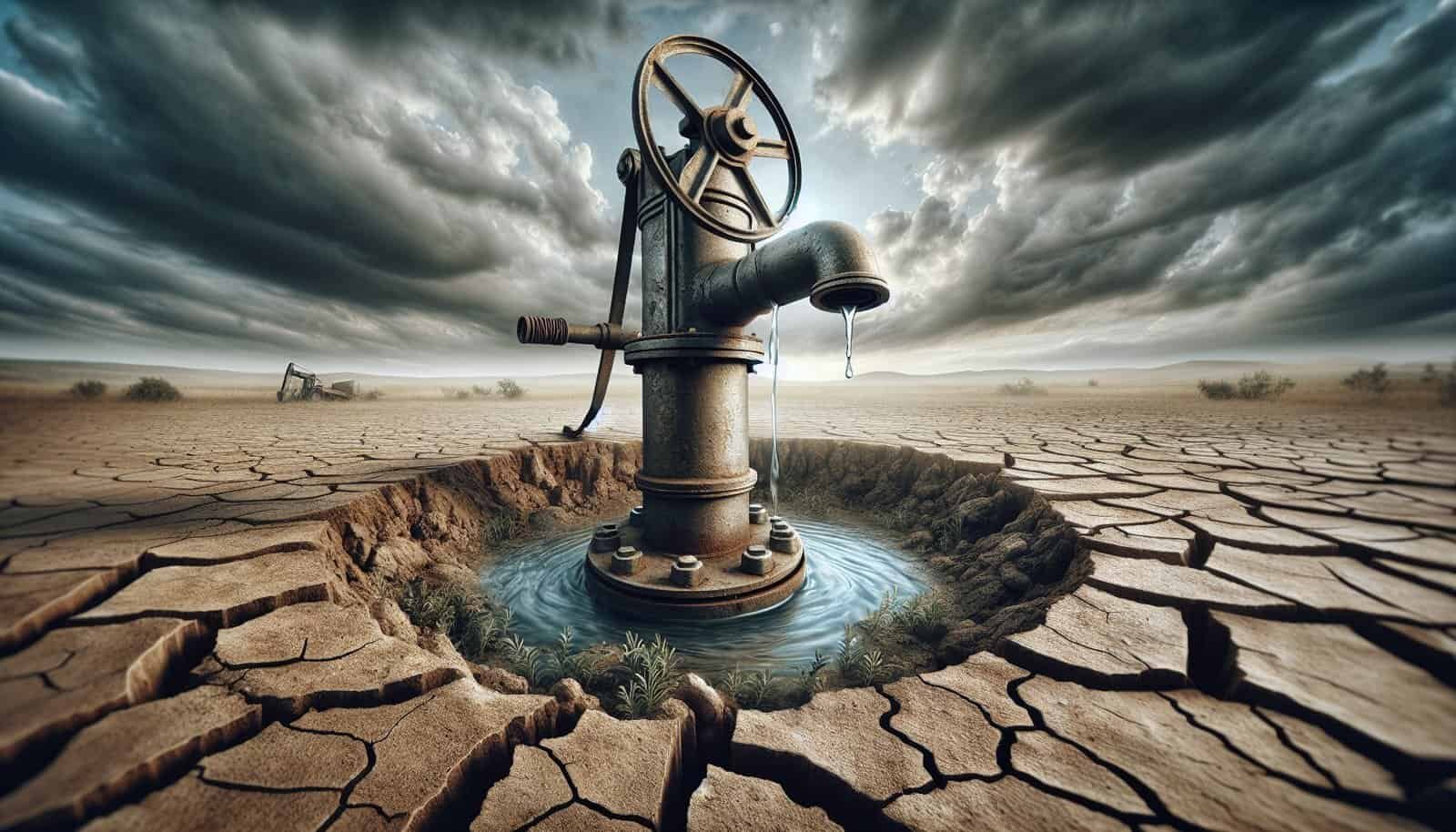Can an earthquake contaminate or damage the water you rely on from a private or public well?
Can Earthquakes Affect Water Well Safety?
You depend on your well for safe, reliable water, and earthquakes raise valid concerns about that safety. This article explains how seismic activity can affect your well and what you can do before and after an event to protect your water supply.
Overview: Why water wells and earthquakes matter to you
Seismic shaking and ground movement can physically damage well components and change subsurface conditions that determine water quality. Knowing the risks helps you take practical steps to reduce damage, decide when to test your water, and know when it’s safe to use again.
Who this information is for
This guide is written for private well owners, property managers, and anyone responsible for maintaining a water supply on or near seismic zones. You’ll get clear, actionable steps so you can protect your household or community water supply.
How earthquakes can affect wells: the main mechanisms
Earthquakes affect wells through several physical and hydrogeological processes that can alter structural integrity and water quality. Understanding these mechanisms helps you recognize damage and prioritize testing and repair.
Ground shaking and structural damage
The most immediate effect of an earthquake is ground shaking, which can bend, break, or displace well casings, wellheads, and pumps. Shaking can also loosen fittings and break seals, creating pathways for contaminants to enter your water supply.
Surface rupture and alignment displacement
If the earthquake causes a surface rupture across your property, the well casing or piping may be displaced, sheared, or offset. This type of damage often requires professional assessment and substantial repair or re-drilling.
Liquefaction and soil instability
In susceptible soils, intense shaking can cause liquefaction, where the ground temporarily behaves like a liquid. Liquefaction can cause the well casing to tilt or float and can increase the risk of silt and fine sediments entering the borehole.
Changes in groundwater flow and levels
Seismic activity can change the way groundwater moves by opening or closing fractures and altering hydraulic gradients. That can temporarily lower or raise well water levels and introduce water from different aquifers that might carry different mineral or contaminant profiles.
Pipe and pump damage
Well pumps, pressure tanks, and distribution pipes can be jarred out of alignment, damaged, or disconnected. Electrical and mechanical components are particularly vulnerable and can fail even when the well casing is largely intact.
Contamination pathways
Cracked casings, broken sanitary seals, damaged well caps, and disrupted septic systems can create direct routes for surface contaminants — including bacteria, nitrates, and chemicals — to enter your well after an earthquake. You may not be able to see these pathways, which is why testing is important.

Signs of damage to inspect after an earthquake
You can look for visual and performance clues that suggest your well may have been affected. Early recognition speeds up the process of testing and repair.
Visual clues at the well site
Look for tilted or sunken wellheads, cracked concrete pads, broken casing, or displaced piping. Also check for soil cracks, newly exposed rock, or scoured areas around the well that might indicate subsurface disturbances.
Water appearance and odor
If your water suddenly looks cloudy, discolored, or smells unusual after an earthquake, that’s a clear sign to stop using it for drinking or cooking until testing confirms it’s safe. Turbidity and odors often indicate sediment influx or microbial contamination.
Changes in flow and pressure
A sudden drop in pressure, intermittent flow, pump cycling, or no water at all can indicate pump or electrical damage, blocked intake screens, clogging with sediment, or significant changes in aquifer supply. These performance changes require professional evaluation.
Nearby infrastructure problems
Damage to nearby septic systems, fuel tanks, storm drains, or chemical storage can increase contamination risks to your well. Take note of any spills, cracked tanks, or broken lines and report them to local authorities if you suspect a hazard.
Table: Common signs vs. likely causes and initial actions
| Sign you notice | Likely cause(s) | Immediate action you should take |
|---|---|---|
| Cloudy, silty water | Sediment entry, casing leaks | Stop drinking water; collect sample for turbidity and bacteria; notify testing lab |
| Sudden no water | Pump damage, well collapse, lowered groundwater | Turn off pump; call licensed well contractor |
| Tilted wellhead or cracked pad | Ground movement, liquefaction | Keep clear of site; document with photos; call well professional |
| Strong sewage or chemical odor | Septic or storage tank failure | Do not use water; notify health/environmental authorities |
| Rapidly fluctuating water level | Changes in aquifer flow, new fractures | Avoid heavy use; schedule professional assessment |
| Visible contamination source nearby | Surface contaminant intrusion | Isolate the area; do not use water until tested |
How likely is contamination after an earthquake?
The likelihood depends on quake magnitude, distance, local geology, well construction, and nearby sources of contamination. While not every quake causes well problems, the risk increases with stronger shaking and poor well construction.
Magnitude, distance, and soil type
Larger quakes and those closer to your well create more ground acceleration, increasing damage likelihood. Loose, sandy, or organic soils are more prone to liquefaction and settlement than stable bedrock, raising contamination risk.
Well construction and age
Older wells with corroded casings, poor seals, or missing sanitary caps are much more vulnerable than modern, properly-constructed wells. Drilled wells with steel or PVC casings typically fare better than shallow dug wells in seismic events.
Nearby contamination sources
If your property has a septic system, fuel tanks, livestock areas, or chemical storage close to the well, you have a higher risk of post-earthquake contamination from those sources. Distance and proper containment reduce that risk.

Types of wells and their relative vulnerabilities
Different well types respond differently to seismic stressors, and your mitigation steps should reflect the well type you have.
Dug and bored wells
Shallow dug wells are often more vulnerable because they are close to surface contamination and may have poor sanitary protection. They commonly allow easier pathways for surface contaminants after shaking or soil displacement.
Drilled wells (cased) with deep screen
Deep drilled and properly cased wells are generally more resilient because the casing protects the borehole and well screen sits within a stable aquifer zone. However, casing joints, seals, and the wellhead are still susceptible to damage.
Artesian and flowing wells
Flowing wells under pressure may respond unpredictably to seismic changes in aquifer pressure and fracture connectivity. Changes in flow rate or quality can indicate altered connectivity with other water-bearing zones.
Household & community distribution systems
If you rely on a community well or small water system, damage can affect many users simultaneously, and distribution system breaches can introduce contaminants. System operators should have emergency response plans and backup testing procedures.
Water quality impacts to consider
Post-earthquake, your concern should be both physical damage and changes to water chemistry and microbiology. Testing will clarify what happened.
Sediment and turbidity
Shaking often loosens fines and silt that can enter the well, increasing turbidity. High turbidity can protect microbes from disinfection and is a clear indicator that the source should not be used for drinking until treated.
Bacterial contamination
Seismic action can introduce surface or septic-related bacteria (like E. coli) into the water. The presence of indicator bacteria requires immediate action, such as avoiding consumption and arranging professional disinfection and testing.
Chemical contamination
If a nearby fuel tank, fertilizer storage, or chemical spill has been compromised, harmful chemicals (petroleum hydrocarbons, nitrates, volatile organics) can enter groundwater. These contaminants often require specialized testing and treatment.
Increased mineral content or changes in taste
Rearranged water-bearing fractures can change the proportion of different water sources feeding your well, altering hardness, mineral taste, or levels of metals such as iron or manganese. Long-term monitoring can help you understand new steady-state conditions.
Table: Water tests to request after an earthquake
| Test name | Why you should test | Typical follow-up if positive |
|---|---|---|
| Total coliform and E. coli | Detects bacterial contamination from surface/septic sources | Disinfect well (shock chlorination) and retest; avoid using water until clear |
| Turbidity | Measures cloudiness caused by sediment | Flush well and pump; if persistent, inspect seals/screens |
| Nitrate/Nitrite | Indicates septic or agricultural contamination | Investigate sources; consider treatment or alternate water |
| Volatile organic compounds (VOCs) | Detects fuels and industrial solvents | Engage environmental professionals for remediation and treatment |
| Metals (lead, arsenic, iron, manganese) | Detects mobilized or dissolved metals | Install appropriate treatment (e.g., filtration, ion exchange) |
| Chloride, conductivity, hardness | Baseline for salinity and mineral changes | Monitor trends and install softening if needed |

Immediate actions you should take after feeling an earthquake
Your immediate actions can reduce risk and speed recovery. Prioritize safety, then assess and protect your water supply.
Ensure personal safety first
Before inspecting your well, make sure you and others are safe and that there are no structural hazards in your home or property. Address any gas leaks, electrical hazards, or injuries first.
Visually inspect the well from a safe distance
Look for obvious structural damage like a cracked well cap, tilted casing, or displaced piping. Do not attempt to enter or repair the well yourself if you’re not trained; record photos for contractors and insurance.
Minimize water use and avoid consuming untreated water
To avoid ingesting contaminants that may have entered the well, use bottled water or an unaffected water source for drinking, cooking, and brushing teeth until testing confirms safety. Save water for sanitation if necessary.
Report damaged storage or contamination sources
Notify local health or environmental authorities if you see spills, damaged fuel tanks, or broken septic systems near your well. They can coordinate containment and professional cleanup.
Post-earthquake testing and sample collection
Testing is the only way to know whether your well water is safe. You should plan tests based on observed damage and potential contamination sources.
When to test
Test if you see signs of damage, notice changes in taste, odor, or appearance, or if you know nearby contamination occurred. If the quake was large in your area even without visible damage, consider testing as a precaution.
Who should collect samples
Follow your state or local health department guidance; many recommend that samples be collected by a licensed professional or according to lab instructions to avoid contamination. Labs typically provide sampling kits and instructions for accurate results.
Which tests to order first
Prioritize bacteriological tests (total coliform and E. coli) and turbidity immediately. Based on those results and nearby hazards, order chemical tests like nitrate, VOCs, or metals.
Interpreting results and next steps
A positive bacterial result usually means you should disinfect the well (shock chlorination) and retest. Chemical contaminants may require professional remediation, point-of-use filters, or alternative water sources.
Shock chlorination: what it is and when to do it
Shock chlorination is a common response to bacterial contamination that aims to disinfect the well and the distribution system. It’s a practical first-line action when bacteria are detected or suspected.
How shock chlorination works
A concentrated bleach solution is introduced to the well and circulated through the plumbing so that the disinfectant contacts all surfaces. After a defined contact time, the system is flushed until chlorine levels return to safe levels and samples are clear.
When you can do it yourself vs. call a pro
If you’re confident and follow detailed instructions from your health department or extension service, you may perform shock chlorination on small domestic systems. Complex or heavily damaged wells should be serviced by a licensed well contractor.
Limitations of chlorination
Chlorine disinfects microbes but does not remove chemical pollutants, many metals, or sediments that entered the well. If chemical contamination is suspected, you’ll need targeted testing and remediation.

Repair and rehabilitation of damaged wells
Repair strategies depend on the type and extent of damage. A qualified well contractor can provide a professional assessment and recommend repair, rehabilitation, or re-drilling.
Casing and wellhead repairs
Minor casing cracks or damaged wellheads can sometimes be repaired by sealing, sleeving, or replacing the well cap and sanitary seals. Severe casing failure often necessitates re-drilling or abandoning the well.
Replacing or repairing pumps
If the pump is damaged, replacing or rebuilding it may restore water supply. If the pump has sucked in sediment or been contaminated, thorough cleaning and disinfection are necessary, and electrical controls should be checked.
Re-drilling and well abandonment
When damage is extensive or the hydrogeology has changed irreparably, re-drilling may be required. Proper abandonment of old wells is essential to prevent them from becoming contamination conduits.
Dealing with altered groundwater chemistry
If chemical or mineral levels change after an earthquake, you may need new treatment systems (e.g., carbon filtration for VOCs, reverse osmosis for multiple contaminants, or ion exchange for nitrate) or to switch to alternate water sources.
Table: Typical repairs and their complexity/cost considerations
| Repair type | Typical complexity | Rough cost consideration (varies by region) |
|---|---|---|
| Replace well cap and sanitary seal | Low | $100–$500 |
| Shock chlorination and minor cleaning | Low–medium | $100–$400 |
| Pump replacement (submersible) | Medium | $800–$3,000 |
| Casing sleeve or localized repair | Medium–high | $1,000–$5,000 |
| Re-drilling a well | High | $5,000–$25,000+ |
| Complete system rehabilitation | High | Varies widely |
Note: Costs are very approximate and depend on depth, materials, access, and region. Always get multiple quotes from licensed contractors.
Prevention and preparedness: what you can do before an earthquake
You can take practical preventive measures that reduce risks and speed recovery. Preparedness typically costs much less than repairs and reduces health risks.
Strengthen the wellhead and mechanical components
Secure and anchor the well head, protect electrical panels and pumps, and use flexible joints to reduce stress on piping. Concrete pads and robust well covers help protect against soil movement and surface contamination.
Maintain proper setbacks from contamination sources
Ensure your well is sited far from septic systems, livestock, fuel tanks, or chemical storage following local codes. Good siting reduces the chance of contamination if you experience an earthquake.
Regular maintenance and inspections
Have your well inspected regularly for corrosion, cracked seals, and mechanical wear. A well-maintained system is far more likely to survive earthquake stresses with less contamination risk.
Stock emergency water and supplies
Keep a supply of bottled water or store treated water for at least a few days to cover immediate needs after a quake. Include water testing contact information, spare parts (like a basic pump fuse), and a flashlight.
Emergency plan and contacts
Prepare an emergency plan that lists local well contractors, certified labs, and public health contacts. Knowing who to call and what to do speeds recovery and reduces panic.
Insurance, regulations, and funding resources
Understanding what your insurance covers and available funding or assistance programs can ease the financial burden if your well is damaged.
Homeowner’s insurance and well coverage
Many standard homeowner policies do not cover well damage from earthquakes unless you have earthquake coverage or specific endorsements. Check your policy and consider earthquake insurance if you live in a high-risk area.
Local and state assistance programs
Some jurisdictions or disaster programs offer assistance or grants for well repair after declared disasters. Contact your local emergency management or public health department for information after an event.
Regulatory requirements for wells
Local health departments typically regulate new wells, abandonment, and some repair procedures; follow their requirements for testing and repair to remain compliant and protect public health.
Long-term monitoring and follow-up after an earthquake
After initial testing and repairs, you should monitor well performance and water quality to detect delayed or chronic issues. A single clear test may not capture all problems.
Recommended monitoring schedule
Test for bacteria and turbidity immediately post-event, then again after chlorination. Conduct chemical testing if nearby contamination sources exist or if you notice changes in taste or color. Periodic testing over months may reveal trends.
Documenting changes
Keep records of test results, repairs, photos, and contractor reports. Documentation helps with insurance claims, regulatory compliance, and tracking long-term groundwater trends.
Frequently asked questions (FAQs)
Below are common questions you might ask when addressing earthquake impacts to your well.
Should you boil water after an earthquake?
If bacterial contamination is suspected, boiling water for one minute (longer at high altitudes) will kill pathogens and make water safe for drinking. However, boiling will not remove chemical contaminants; in those cases, use bottled water or treatment designed for that contaminant.
How long after a quake should you wait to use well water?
If you see any sign of damage or contamination, avoid use until you have negative bacterial test results or have completed required disinfection. If no damage is evident and your well is well-constructed, you may continue use but consider precautionary testing.
Can earthquakes permanently change your groundwater source?
Yes, in some cases earthquakes can alter fracture networks or aquifer connectivity, leading to long-term changes in water quantity or quality. Re-drilling or installing treatment systems may be necessary to adapt to the new conditions.
Is professional help always required?
Simple maintenance and basic shock chlorination can be done by homeowners following established guidelines, but structural damage, suspected chemical contamination, and complex pump or re-drilling work should be performed by licensed professionals.
Practical checklist: what to do immediately after a quake (concise)
- Ensure personal safety and secure utilities.
- Visually inspect well area for obvious damage and hazards.
- Avoid drinking well water until you’ve evaluated quality; use stored or bottled water.
- Photograph damage and document issues for contractors and insurers.
- Contact a licensed well contractor and your local health department for testing guidance.
- If bacteria are detected, arrange shock chlorination and retesting.
- Report any fuel, chemical, or sewage leaks to authorities.
Resources and who to contact
You should know local and national resources to help you respond effectively if your well is affected.
Local health department and environmental agencies
Contact your county or state health department for testing recommendations, approved labs, and local well construction rules. They often provide sample kits or lists of certified labs.
Licensed well contractors and pump services
Use licensed and experienced contractors for inspections, repairs, pump work, and re-drilling. Ask for references and proof of licensure and insurance.
Certified water testing laboratories
Use accredited labs for reliable testing. Your health department can recommend labs that handle bacteriological and chemical analyses.
Extension services and university resources
State cooperative extension offices and university geology or water resources departments offer guidance, publications, and sometimes testing assistance for private well owners.
Final thoughts: staying prepared protects your water
Earthquakes can pose a real but manageable risk to well safety. By understanding the mechanisms of damage, conducting regular maintenance, having an emergency plan, and testing after seismic events, you can protect your household’s most essential resource.
Takeaway actions you can do today
Check the condition of your wellhead and sanitary seal, store emergency drinking water, and create a list of local contractors and testing labs. Simple preparedness steps can make a big difference in your safety and recovery if an earthquake affects your property.
